Surgical Excision
Examples of Surgical Excision
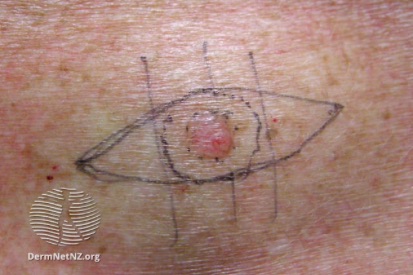
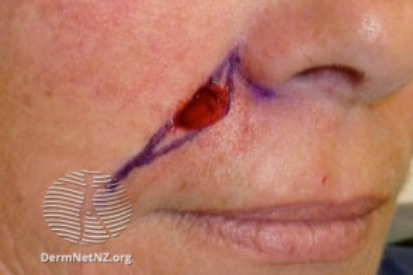
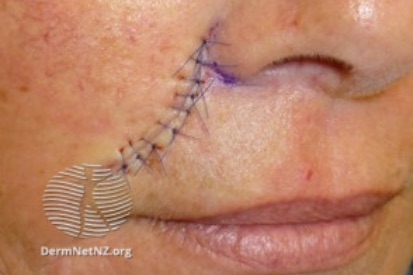
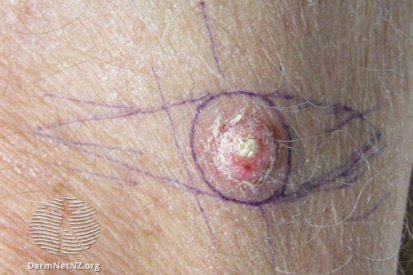
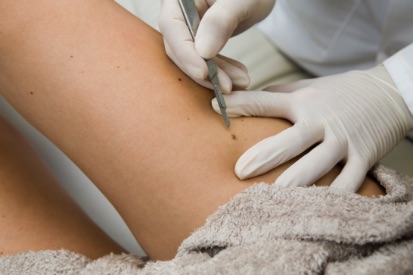
What is Surgical Excision?
The procedure, conducted under local anesthesia, entails a precise incision around the lesion to ensure complete removal with a margin of healthy tissue. Following excision, the incision is closed with stitches, and the extracted tissue is sent to a laboratory for analysis.
What are the Benefits of Surgical Excision
Offering immediate results and low recurrence rates, surgical excision addresses concerns promptly. Surgeons prioritize aesthetic outcomes by minimizing scarring, making it a reliable approach for the removal of growths with both diagnostic and therapeutic benefits.
How A Board-certified Dermatologist Can Help
Surgical Excision FAQs
The excision surgery itself should not be painful, as your provider will likely numb the area with local anesthesia before the procedure. However, you may experience some swelling, soreness, or pain following the procedure. Your provider may recommend icing the area and taking pain medication to minimize any discomfort you may have.
Our dermatologists find that most excision wounds heal in about one to three weeks following the procedure. If a skin graft or flap was required to close the wound, the healing process may take up to two months to completely heal.
Yes, surgical excision often leaves a scar, which is typically the size of the incision. Before your procedure, talk to your doctor about how the scar may look and how to care for your incision after the procedure to minimize scarring.
What to Expect at Your Surgical Excision Appointment
The dermatologist will precisely remove the lesion, including a margin of healthy tissue, followed by closure with stitches. Postoperative care guidelines, including wound care and activity restrictions, will be provided, and follow-up appointments may be scheduled as needed. Throughout the appointment, the dermatologist prioritizes your comfort, information, and readiness for a successful surgical excision experience.
How to Prepare for Surgical Excision
Follow specific pre-procedure instructions from your dermatologist, which may include adjusting medications or skincare routines. Take the opportunity during the consultation to ask questions about the procedure and postoperative care.
Planning for Recovery after Surgical Excision
Related Blogs
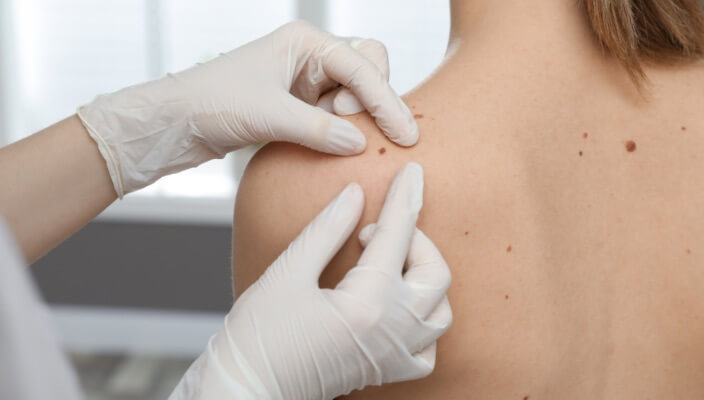
- Skin Cancer
- General Dermatology
- Skin Exams
Have you noticed a new spot pop up on your skin or a mole that has changed a little bit over time? Though many individuals have spots, moles, and patches of skin that may look completely harmless, skin cancer can often be sneaky and show up in ways you may not expect.
Read More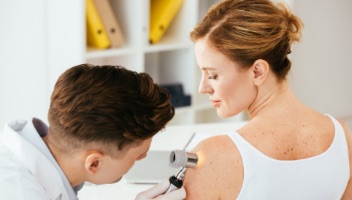
- Skin Cancer
- General Dermatology
- Skin Exams
Read The Dermatology & Skin Surgery Center of Wilmington’s helpful basal cell carcinoma guide to learn what this skin cancer is, where it begins, how it shows up on the skin, risk factors, and how we treat basal cell carcinoma in Wilmington.
Read More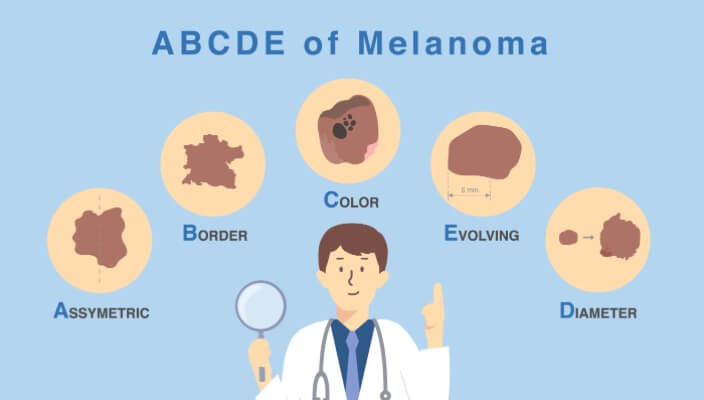
- Skin Cancer
- Skin Exams
With skin cancer cases rising year after year, it’s no surprise that people are itching to learn more about this life-threatening skin disease
Read MoreFeatured Products

Epionce Renewal Calming Cream
Renewal Calming Cream is clinically proven to relieve the symptoms of eczema, including itching, redness and dryness. Formulated with cholesterol and ceramides to help protect the skin barrier, Renewal Calming Cream hydrates and repairs extremely dry skin.

SkinMedica Replenish Hydrating Cream
Hydrating Cream that hydrates as well as refreshes, soothes and nourishes sensitive skin. Appropriate for all skin types. 2 oz / 56.7 g
